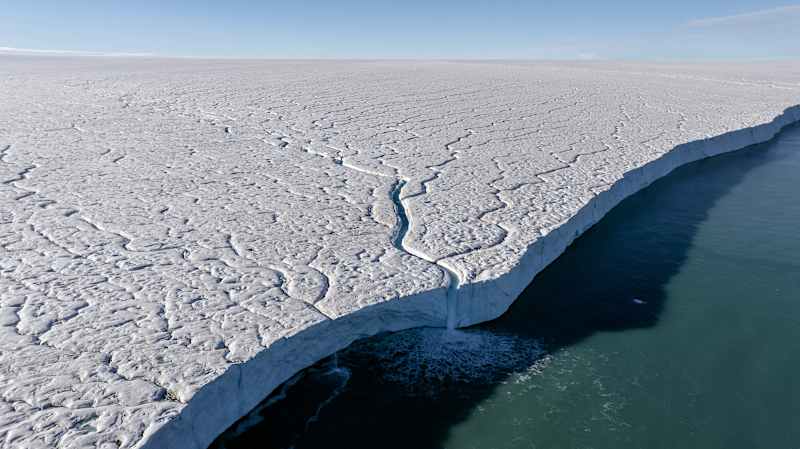In February, the worldwide heat records were broken again-including a record area of \u200b\u200bthe sea ice

In the northern and southern hemisphere, the area of \u200b\u200bthe sea was less than average in February.
February 2025 was the third warmest February in the history of measurement, says the Finnish Meteorological Institute with reference to Copernicus.
February average average temperature in February was 13.36 degrees Celsius, which is 0.63 degrees Celsius more than the average of 1991-2020.
According to the Finnish Meteorological Institute, the area of \u200b\u200bthe Arctic area of \u200b\u200bthe Arctic area was the smallest in February, eight percent below average. The area of \u200b\u200bthe Antarctic Seafield, on the other hand, was the fourth lowest in measurement history, 26 % below average.
Sea is one of the most significant climate -regulating factors in cold areas. The polar ice helps to cool the earth.
